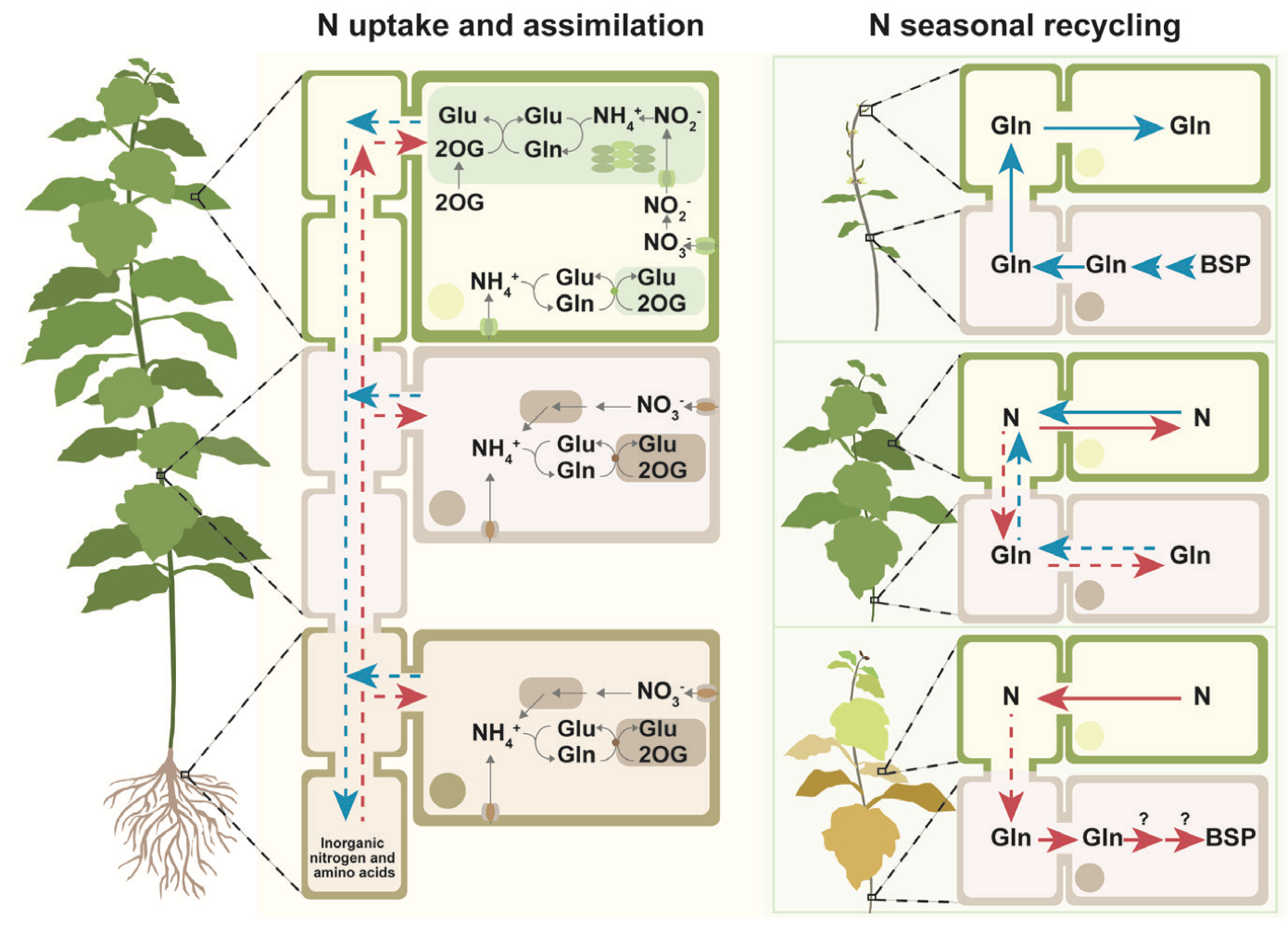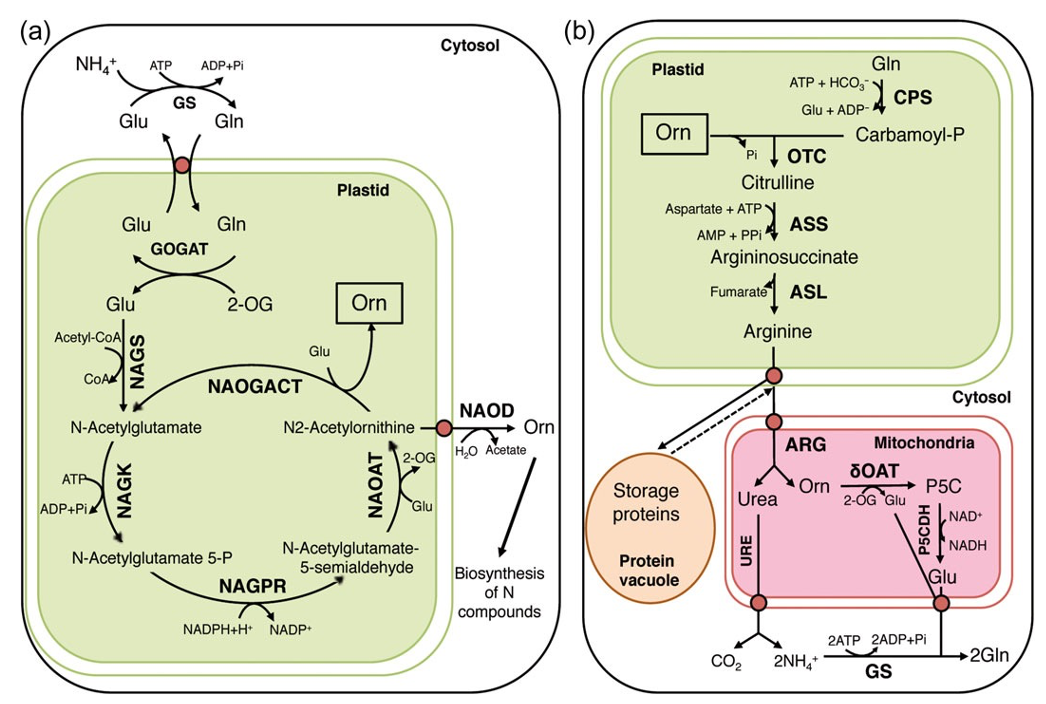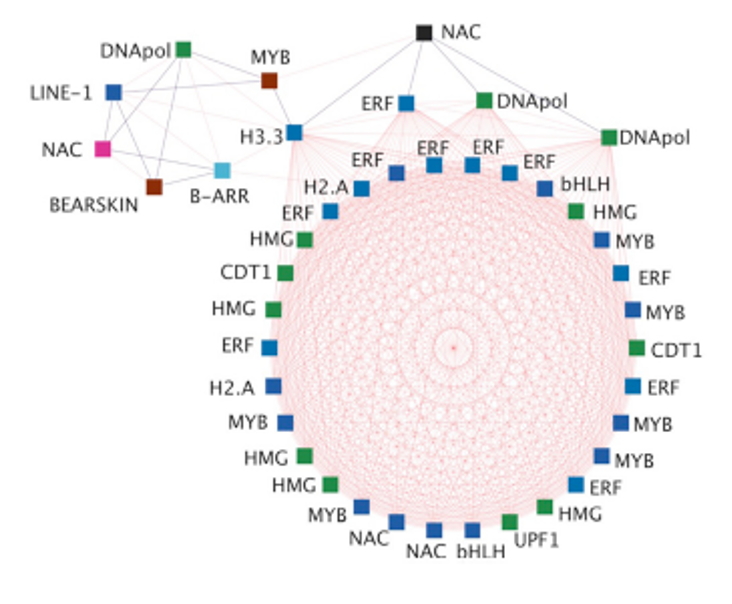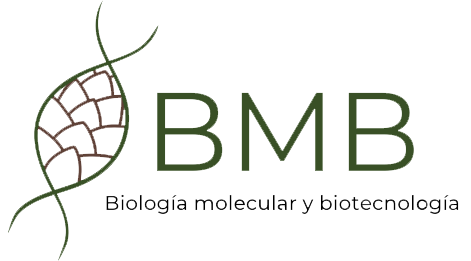Research
The development of plantations with selected varieties of highly productive trees will cope the growing demand for wood and other biomaterials of commercial interest, while preserving natural forest reserves.
Our research activities focuses in the study of how the efficient use of nitrogen nutrients determines vascular development and accumulation of biomass in trees. The general objective of our research program is to generate useful knowledge for the production of «biotech trees» with greater capacity in the efficient use of nitrogen, greater production of biomass and improved characteristics for paper and wood production. The group conducts research in Molecular Biology, Genomics and Forest Biotechnology. Another objective of the group is the training of young researchers at predoctoral and postdoctoral levels in this scientific area.
Maritime pine (Pinus pinaster Aiton)
The most economically and ecologically important conifer in southern Europe (France, Spain and Portugal) where it represents 4 million hectares.
Poplar (Populus sp)
A model tree for gene functional studies
Abies pinsapo Boiss
Emblematic tree of the Southern mountains of Spain and in danger of extinction
Working Lines
Genomics
Recent technological advances in genome sequencing paved the way for the characterization of conifer megagenomes and P. pinaster is one of the most advanced models in genomics studies in Europe. A wide range of genomic resources are available for the development of functional studies making Pinus pinaster a research model on conifers and other gymnosperms.
Recently, a new research line was started for the generation of genomic resources enabling the conservation of Spanish fir. (Abies pinsapo Boiss)

Nitrogen acquisition, assimilation and recycling in trees (Castro-Rodríguez et al. 2020. J Exp Bot 71: 4369–4372).
Trees with the highest production of biomass/biomaterials
A wide variety of herbaceous species are being used for biomass production, but the use of woody species is advisable for the generation of lignocellulosic biomass. A key aspect for technological innovation in the field is the domestication of important traits that enables the selection of trees with higher production of biomass and fiber of the quality necessary to produce biofuels and/or biomaterials. One of the targets that are being studied with possibilities of application is the improvement in the absorption and metabolism of nitrogen. Results from our research group have allowed us to identify structural and regulatory genes involved in this process.
Amino acid biosynthesis and nitrogen economy
Conifers divert large amounts of carbon in the biosynthesis of phenylpropanoids, in particular to generate lignin, an important component of wood. Although lignin and other phenolic compounds do not contain nitrogen, phenylalanine metabolism plays a central role in the flow of carbon from photosynthetic tissues to the tree trunk during wood formation. Another of the group’s objectives is to study the molecular regulation of the biosynthesis and metabolic fate of phenylalanine.
The recycling and transport of nitrogen as well as the accumulation and mobilization of nitrogenous reserves are essential processes during the annual growth cycles that compromise the exit from the phases of seasonal metabolic inactivity and the supply of nutrients to developing organs.
Conifers store nitrogen transiently in the amino acid arginine and it has been suggested that arginine content may better reflect the nitrogenous status of trees than other parameters often used in herbaceous plants. In the long term, nitrogen is stored in the form of reserve proteins that accumulate in the seeds or in vegetative organs. These nitrogen reserves are particularly rich in arginine and amide amino acids and their mobilization is essential for tree growth and development. One of the objectives of the group is to study the molecular regulation of the biosynthesis of this amino acid during the embryogenesis of P. pinaster.

Pathways for phenylalanine and lignin biosynthesis (El-Azaz et al. 2020, J Exp Bot 71:3080-3093)

Compartmentation of the GS/GOGAT cycle and arginine metabolism in conifer cells (Llebrés et al. 2018, Tree Physiol 38: 471–484).

Co-expression network interactions of Transcription Factors hub genes differentially expressed during pine embryo development (Avila et al 2022. Front Plant Sci 13: 877960).
